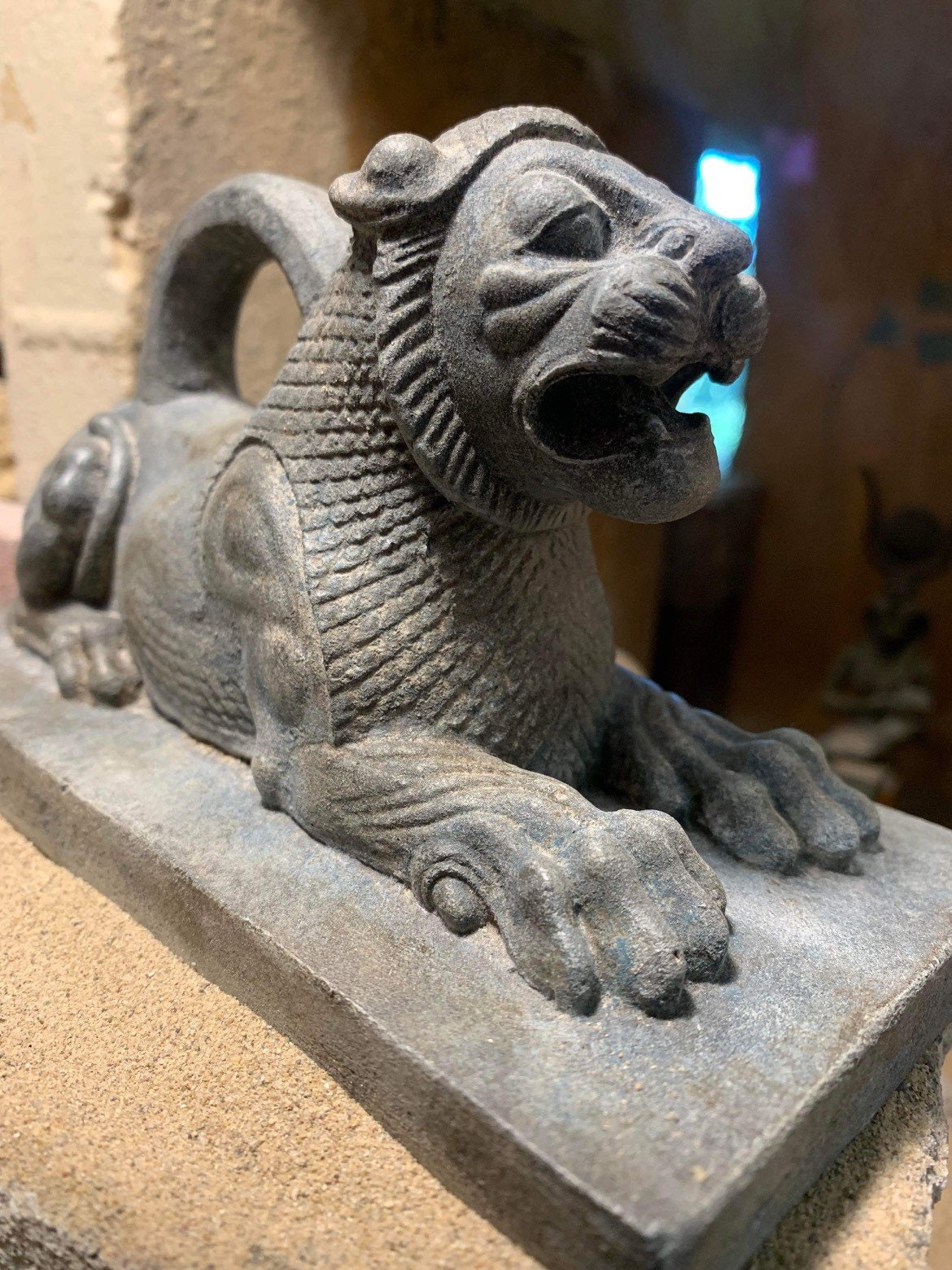
Persian Lion weight statue replica Achaemenid period sculpture Persian art
Cultural depictions of lions Wall painting with lions in the Lascaux caves' Chamber of Felines Granite statue of the lion-headed Egyptian deity Sekhmet from the temple of Mut at Luxor, dating to 1403-1365 BC, exhibited in the National Museum of Denmark

Persepolis Iran Lion symbol of Persia Enrico Pescantini Travel Photographer
The lion and the bull have been fighting, locked in stone, for nearly 2,500 years—ever since an ancient sculptor carved them into a slab of black limestone and set them into a monumental staircase at Persepolis, the royal center of the great Achaemenid Empire.
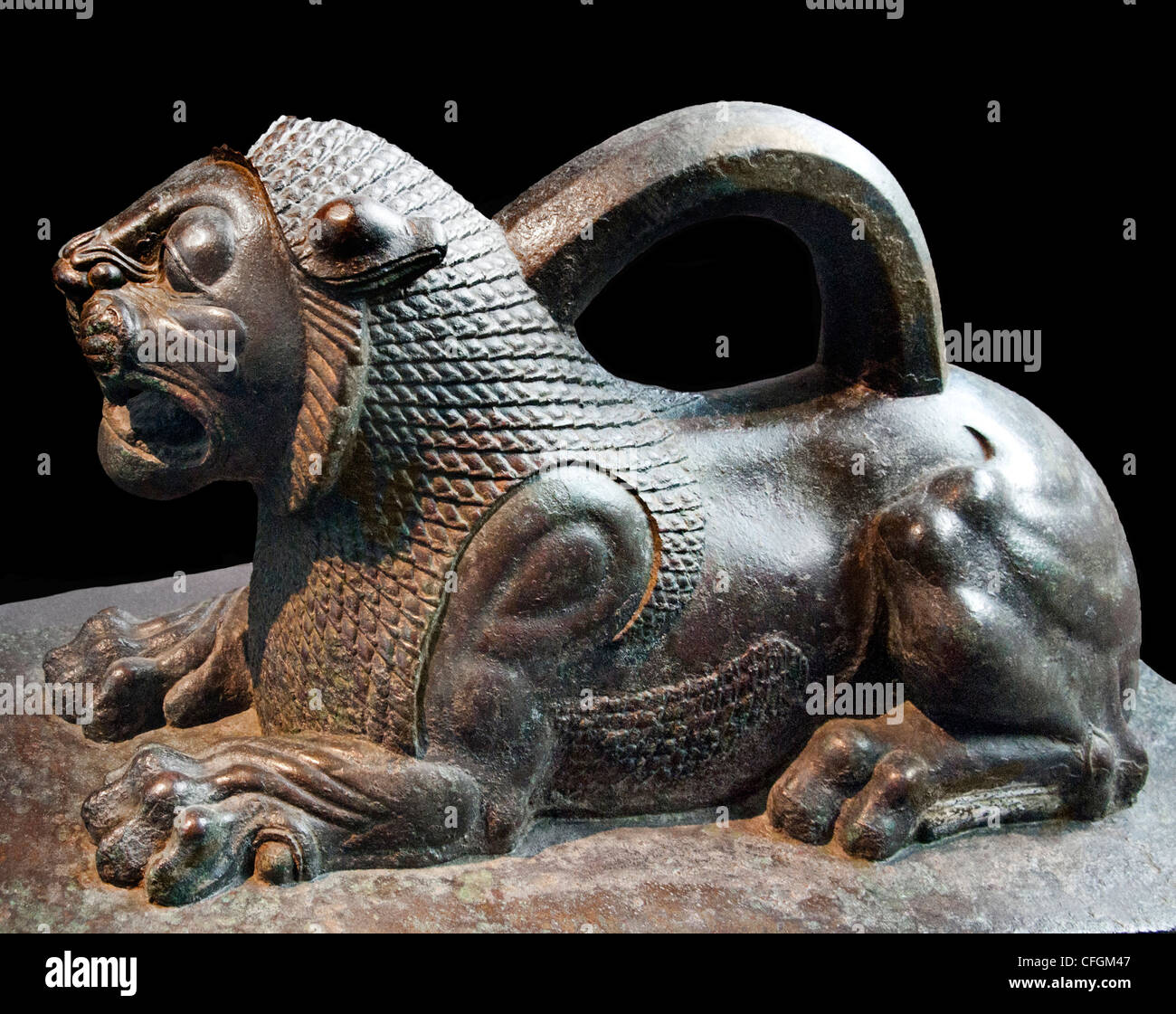
Bronze Lion 6ème4ème achéménide c. BC Martelées Iran Perse Persan Achaemenian empire palace de
1. The Faravahar The Faravahar (also called the 'falcon') is the best-known ancient symbol of Persia, comprising a winged sun disk with a seated male figure at its center. While we know that the ancient Persians created this symbol, we don't really know what it meant exactly to them.

Persian Lion attacking a bull relief at The British Museum London England British museum
The stone lion of Hamedan (Shir'e Sangi) is a historical monument in Hamedan, west of Iran. The stone lion, one part of the 'Lion's Gate', sits on a hill where a Parthian era cemetery is said to have been located. When first built, this statue had a twin counterpart for which they both constituted the old gate of the city.
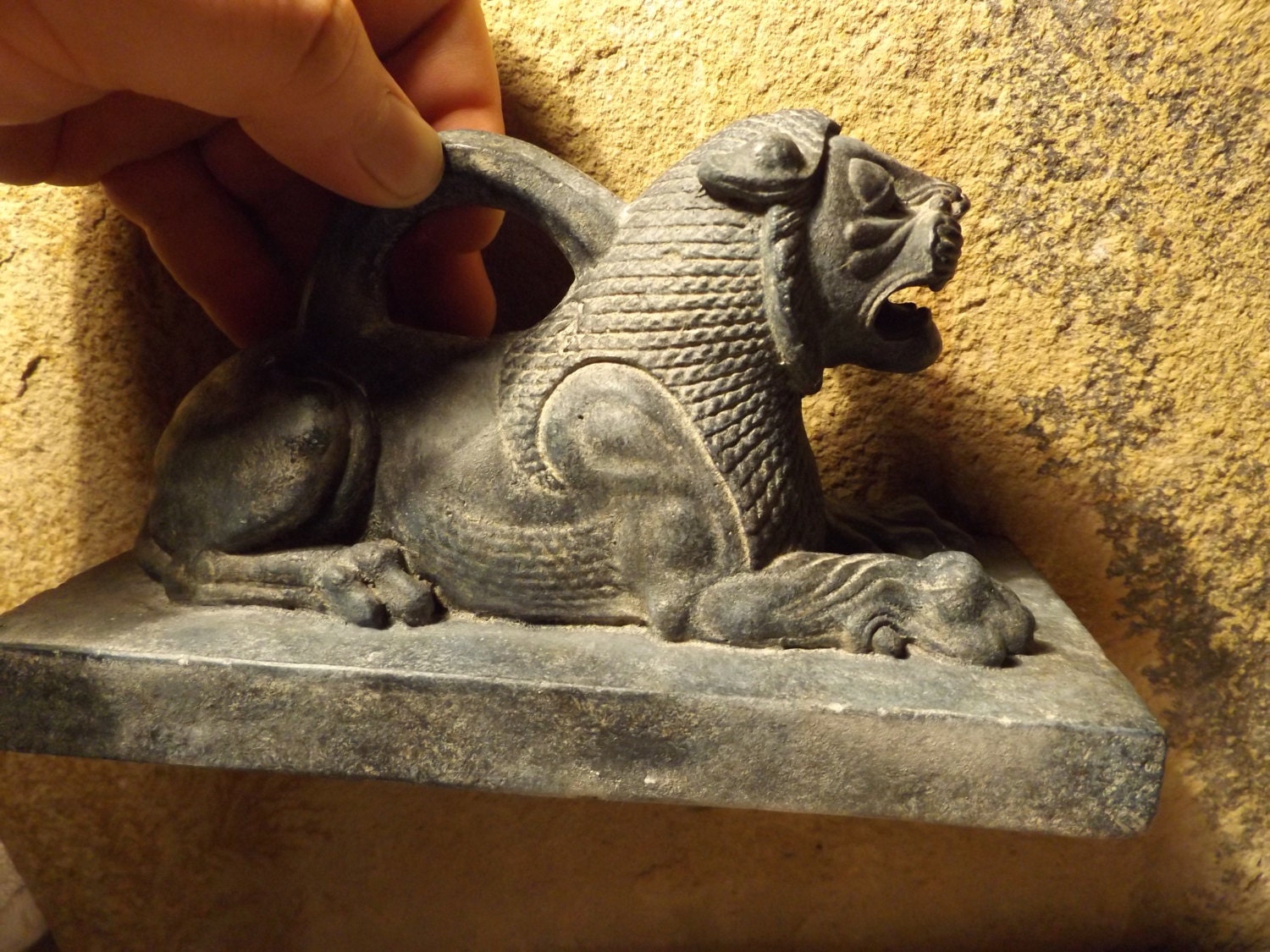
Persian Lion weight statue replica Achaemenid period sculpture Persian art
Lion has been associated with different symbolic meanings in Persian culture. Shir Sangi (Stone Lion) is a 3.56-meter stone-carved statue represents a male couchant lion with a large head and curly mane.Stone Lion is a Median relic dating back to the 6th and 7th centuries BC. Shir-e Sangi has been considered as the sacred guardian of Hamadan.
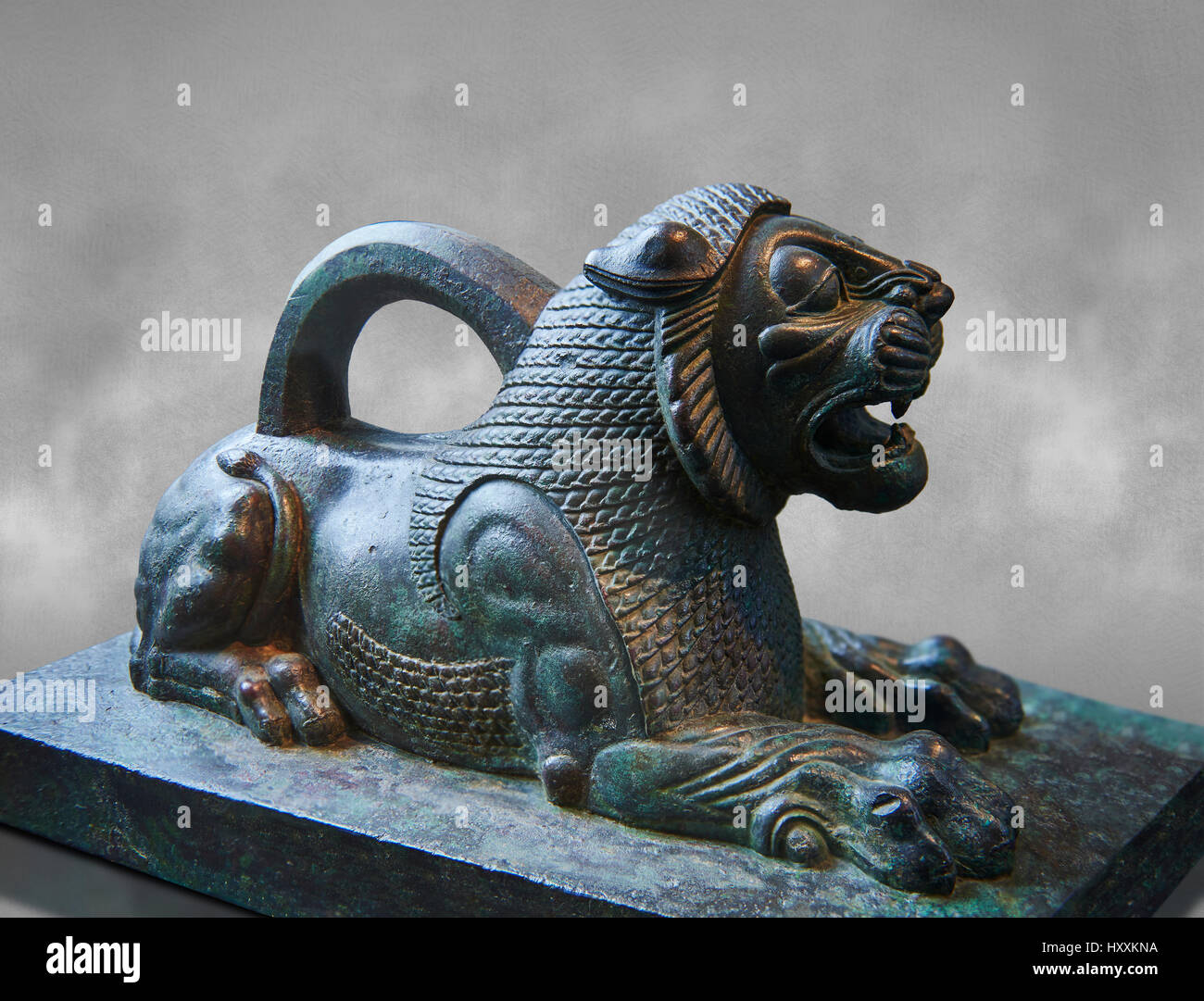
Ancient persian sculpture hires stock photography and images Alamy
The stone lion of Hamadan ( Persian: شیر سنگی همدان šir-e sangi-ye hamedân) is a historical monument in Hamadan, Iran . The stone lion - one part of the 'Lions' Gate' - sits on a hill where a Parthian -era cemetery is said to have been located.
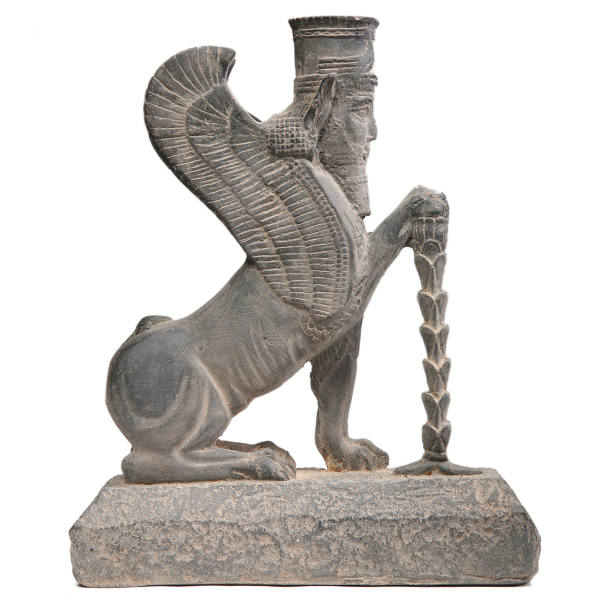
Gopaitioshah Persian Winged Lion With Human Head Figurine ShopiPersia
A4: The damaged lion was originally part of the Lion's Gate in Hamadan. However, it was desecrated during the 10th century by Mardavij, resulting in one of its paws being shattered. In 1328, the talented engineer Sihun restored the wounded sentinel to its former glory, breathing new life into the monument and granting it a place of honor in its current location.

Pin by Francine Mehran on Iranian tile work Ancient lion, Lion sculpture, Ancient persian
TEHRAN (Tasnim) - The stone lion of Hamedan (Shir'e Sangi) is a historical monument in Hamedan, west of Iran. The stone lion, one part of the 'Lion's Gate', sits on a hill where a Parthian era.
persian lion statue.JPG photo Susan Gordon photos at
Relevant RF 2F344CJ - Famous bas relief carving of a lion hunting a bull at the ruins of Persepolis, a UNESCO world heritage site in Iran RF 2G147CW - Remains of the ancient Persian city of Persepolis near Shiraz, Iran RF J6604Y - Ancient Persian Ruins of Persepolis in Iran

Ancient Persepolis The ceremonial capital of the Persian Empire
The evidence for this is an ivory sculpture, 31cm (12.2in) tall, depicting a hybrid creature, with a human body and a lion's head, carved from the tusk of a mammoth 40,000 years ago. Its.

Achaemenid golden ornamental roundel from the reign of Artaxerxes II, featuring a characteristic
Persian lion is now extinct in Iran and there are no confirmed modern records of lion presence in central or eastern Iran, or Baluchestan, but it's believed that lions that still live in India are the same as lions that once were living in Iran. Lion statuette in Iran-Bastan Museum, Date: 500 B.C. Asiatic Lion in San-Diago Zoo- 1999

Persian Lion weight statue replica Achaemenid period sculpture Persian art
Metropolitan Museum of Art. Iconography Human-headed winged bulls from Sargon II 's palace in Dur-Sharrukin, modern Khorsabad ( Louvre) From Assyrian times, lamassu were depicted as hybrids, with bodies of either winged bulls or lions and heads of human males. [3]

Persian art sculpture of Lion and Sun with Brass Bronze and Etsy
History These stylized guardian lions, known in Chinese as shi or shishi (石獅 shíshī /shrr-shrr/ 'stone-lions' — there's a popular tongue-twister associated with the tones), sometimes as 'Foo Dogs' in English, originating not in China itself, but in Persia.
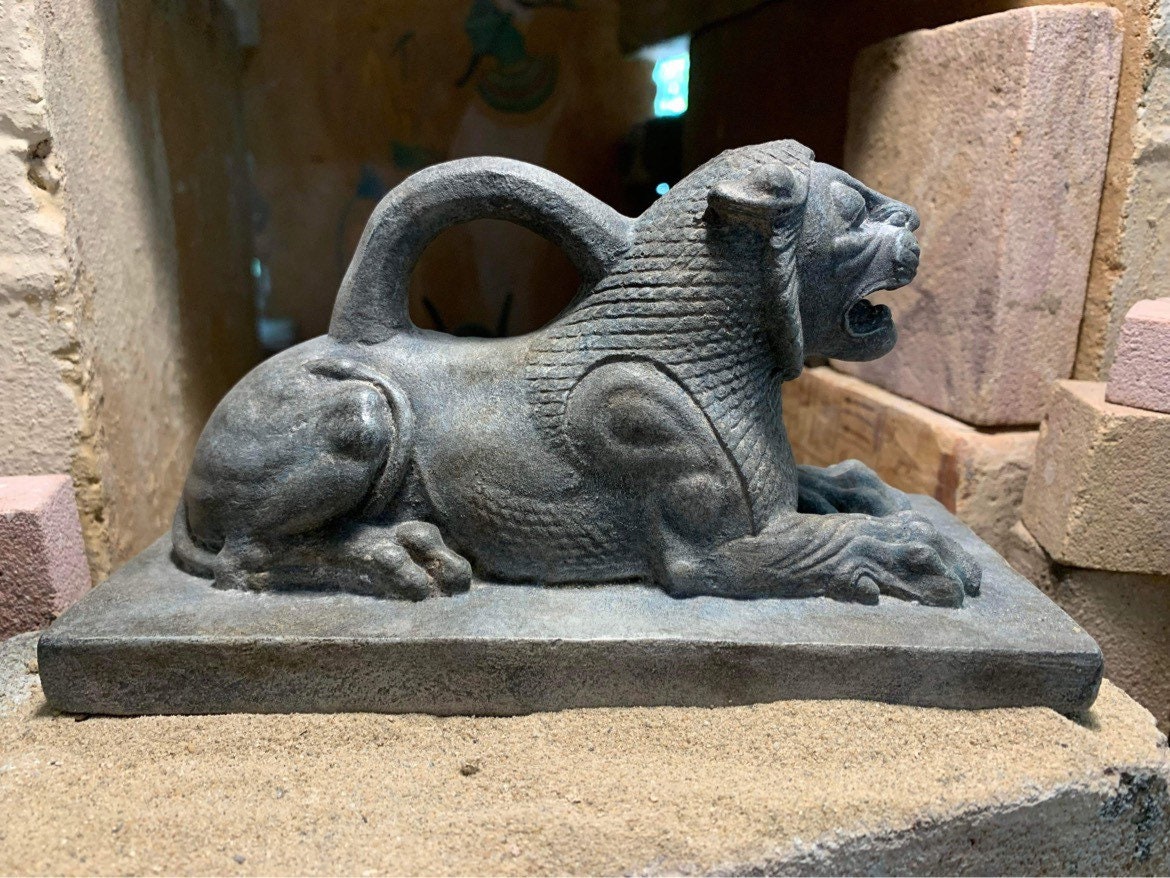
Persian Lion weight statue replica Achaemenid period sculpture Persian art
Find the perfect persian empire lion stock photo, image, vector, illustration or 360 image. Available for both RF and RM licensing.. Classical period Lycia. Turkey. Statue of lion. Custodian. 390-380 BC. British Museum. London. England. United Kingdom. RM2G65C26.
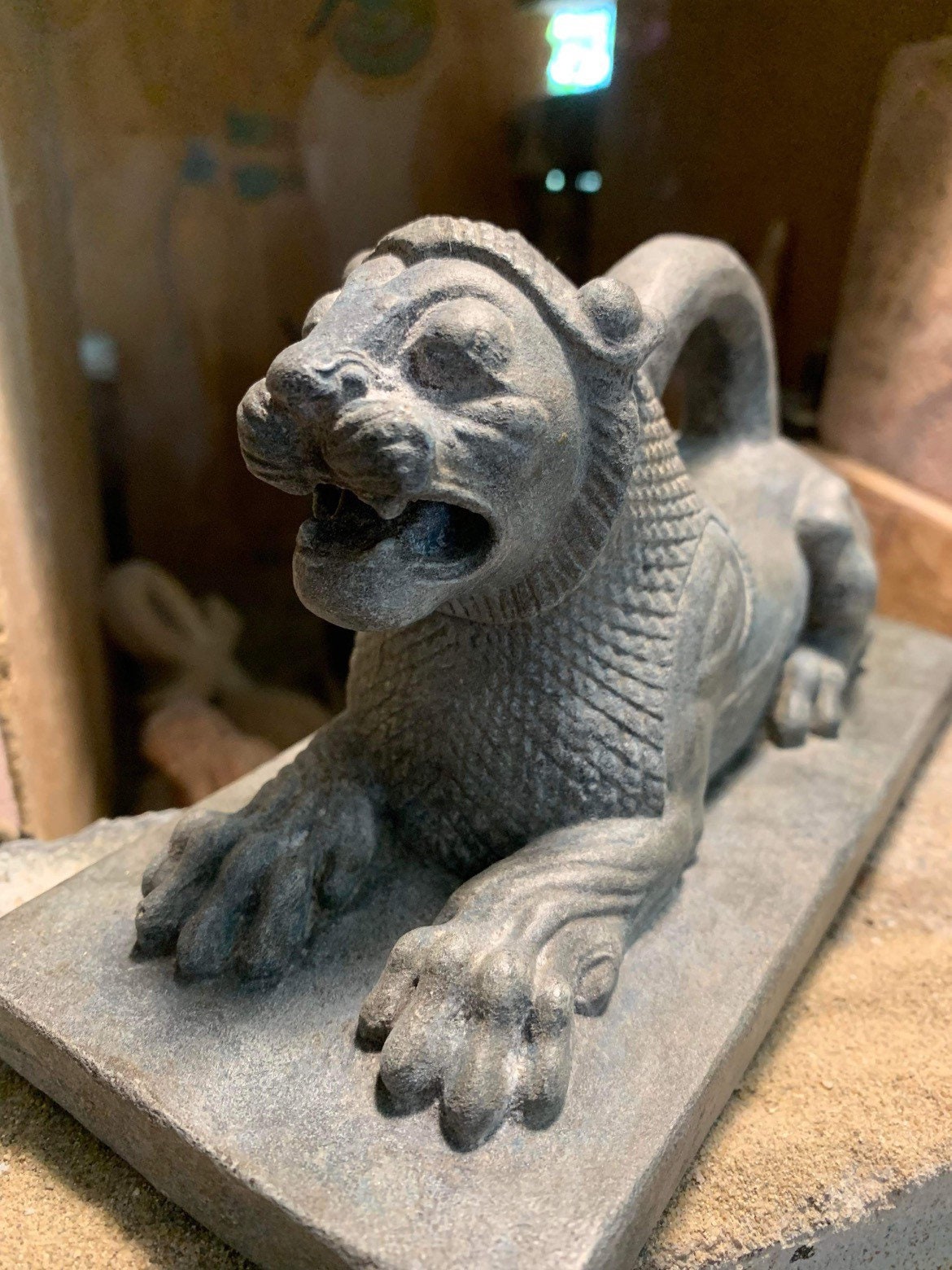
Persian Lion weight statue replica Achaemenid period sculpture Persian art
The Asiatic lion, also known as the Persian lion, [1] [2] is a population of Panthera leo leo that today survives in the wild only in India. [3]

London Travel BeautifulDestinations UK BritishMuseum PersianEmpire British museum
The Persian winged lion of the Achaemenid period ranged in size from big in capitals to little in jewelry. A Persian Griffin design may be seen on the edge of the Pazyryk carpet from the Achaemenid era.. Persian Griffin Statue. The double Persian Griffin protome capital, an Achaemenid masterwork, is one of Persepolis's remaining capitals.
